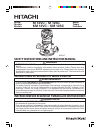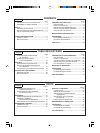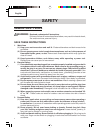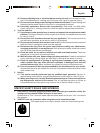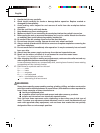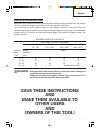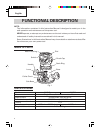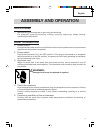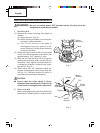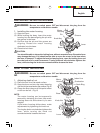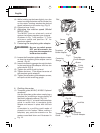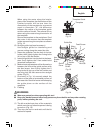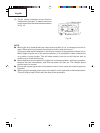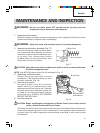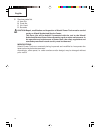
English
6
3. Handle the bits very carefully.
4. Check the bit carefully for cracks or damage before operation. Replace cracked or
damaged bit immediately.
5. Avoid cutting nails. Inspect for and remove all nails from the workpiece before
operation.
6. Hold the tool firmly with both hands.
7. Keep hands away from rotating parts.
8. Make sure the bit is not contacting the workpiece before the switch is turned on.
9. Before using the tool on an actual workpiece, let it run for a while. Watch for vibration
or wobbling that could indicate improperly installed bit.
10. Be careful of the bit rotating direction and the feed direction.
11. Do not leave the tool running. Operate the tool only when hand-held.
12. Always switch off and wait for the bit to come to a complete stop before removing the
tool from workpiece.
13. Do not touch the bit immediately after operation: it may be extremely hot and could
burn your skin.
14. Always lead the power supply cord away from the tool towards the rear.
15. Never run the motor unit when it is not inserted in one of the router bases.
The motor is not designed to be handheld.
16. After changing the bits or making any adjustments, make sure the collet nut and any
other adjustment devices are securely tightened.
Loose adjustment device can unexpectedly shift, causing loss of control, loose rotating
components will be violently thrown.
17. Definitions for symbols used on this tool
V ............ volts
Hz .......... hertz
A ............ amperes
no .......... no load speed
---/min ... revolutions per minute
........... alternating or direct current
WARNING:
Some dust created by power sanding, sawing, grinding, drilling, and other construction
activities contains chemicals known to cause cancer, birth defects or other reproductive
harm. Some examples of these chemicals are:
ⅷ lead from lead-based paint.
ⅷ crystalline silica from bricks and cement and other masonry products.
ⅷ arsenic and chromium from chemically-treated lumber.
Your risk from these exposures varies, depending on how often you do this type of
work. To reduce your exposure to these chemicals: work in a well ventilated area, and
work with approved safety equipment, such as those dust masks that are specially
designed to filter out microscopic particles.



